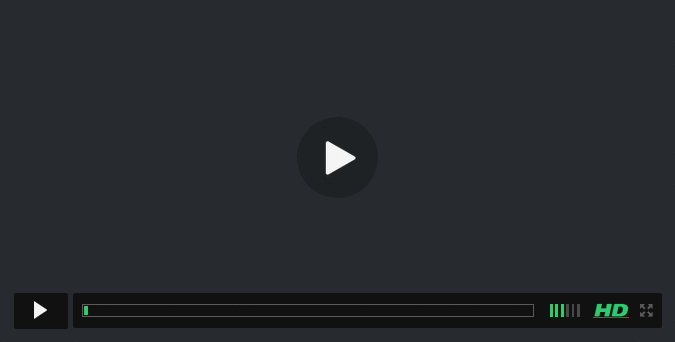


A roof leakage is a common but powerful dangerous issue that can lead to water damage, mold and structural problems if not immediately addressed. Whether aging materials, weathering, or faulty installation, repairing roof leakage completes accurate diagnosis and correct techniques.
In this article, we will find out the reasons for the ripper leaks, how to identify them, find preventive measures to avoid step-by-step repair methods and future leaks.
What is the reason for roof leaks?
The roof leaks can be due to various reasons, including:
- Older or worn shingles: About time, ringworm can crack, curl, or lose its granules, exposing the roof to water infiltration.
- Disfunctional flashing: Shines in areas where chimney, vents, skylights and valleys are located, cracks or deteriorating and allowing water penetration.
- Gutter clogging: The barrier in the gutter allows to accumulate water and find its way under the roof.
- Ice Dam: In the cold climate, ice is formed on the edge of the roof in the cold climate and prevents free drainage, pushing the water under herpes.
- Puncture or holes: Dereleres, animal damage, or leg traffic can hole from the top.
- Improper installation: Failure to make defective installation or sealing of roofing materials may allow to leak through water.
- Combination: Can trap moisture within the lack of ventilation and produce leaks.
Roof leakage
The initial identity of a roof leak may cause damage to expenditure. Look out for these signs:
- Water stains on the walls or roof: Yellow or brown stains indicate water leaks from the roof.
- Dripping or standing water: the water seen in the attic or upper floor period.
- Mold or mildew: Leak moisture can cause mold growth in walls, roof or attic.
- Peeling wallpaper or paint: Excess moisture can cause paint or wallpaper peeling or bubble.
- Seaging sealing: The accumulation of water can cause dysfunction or even collapse of the roof.
- Musty odor: A mastic, dominal odor usually indicates hidden moisture or mold.
Step-by-step roof leakage repair
How to repair a roof leakage, depth on the cause:



1. Inspection the roof
- Go to the terrace safely (use ladders and non-slip shoes).
- See for missing or loose ringworm, broken glow, or holes.
- To detect the leaks, see water spots or wet insulation in the attic during the day.
2. Remove debris
- Remove leaves, twigs and other debris from the roof and gutters for proper drainage.
3. Change repair or ringworm
- For damaged ringworm: remove the damaged shingle and replace it with a new. New shingles with ceiling cement and nail down.
- For missing ringworm: install a new shingle and cement in the bottom nail and place.
4. Fix the flashing issues
- For loose or torn flashed: The chronic shining must be replaced with new material. Roof cement is to be applied to seal the edges.
- For vent or chimney shining: Make sure that it is shining and in the bottom position.
5. Patch hole
- The surface near the hole should be cleaned.
- Seal the hole with roof cement or a patch kit and cover it.
6. Seal gaps and cracks
- Use roof cement or caulk to seal the gaps between vents, pipes, or other penetrations.
7. Improve ventilation
- If there is an alternative cause of condensation leaks, ensure appropriate attic ventilation by adding vent or fans.
8. Temporary reform
- To temporarily heal in an emergency, patch the leak area with a tarp to arrange a more permanent fix.
When to call a professional
While small leaks are usually fine to do yourself, call on a professional roof:
- The leakage is large or difficult.
- It is very steep or insecure to climb the roof.
- The loss is structural or comprehensive repair.
Preventive measures
To avoid the roof leaks, follow the maintenance steps below:

- Regular inspection: Check the roof at least twice a year (spring and autumn) for wear or damage.
- Clean Gutter: Remove debris from gutters and downspots to ensure free water flow.
- Trim Tribes: Trim the trim hanging branches on the roof to prevent debris manufacture and fall branches.
- Change the old material: If your roof is a piece at the end of your lifetime, change it to stop the leaks.
- Improve attachment insulation: Insulation can prevent ice dams and condensation.
- Seal around the penetration: inspection and research around vents, chimney and skylights on a regular basis.
safety tips
- Use sufficient safety gear and a stable ladder when inspecting or repairing something on the roof.
- Do not work on the roof on a rainy day or false air.
- When looking for the services of a professional to avoid uncertain, accidents or losses.
conclusion
Roof leakage is a condition that requires treatment as soon as possible to avoid water damage and expensive repair. With information about reasons, leakage indicators, and proper repair processes, you can keep your roof healthy and protect your property. Preventive steps and regular maintenance are important to avoid leaks and ensure your roof life.

Disclaimer: Using the Use of Vindit.Edu.VN and the content generated on this website is at your risk. The platform is not the responsibilities for the use that users can create the material presented here. Althegh we make every effort to ensure that information pred is accurate and appropriate, we do not guarantee the accuracy, perfection or relevance of the material.
The website is not responsible for any loss, damage or HAR arising from the use of this site, including, but is not limited to direct, indirect, contingent, resulting or punitive loss. Users are responsible for their own functions and compliance with all applicable laws and regulations.
In addition, Videdit.Edu.VN is not responsible for the material or opinion expressed by the user. We reserve the right to remove any material that we violate our policies or applied laws without prior notice.



